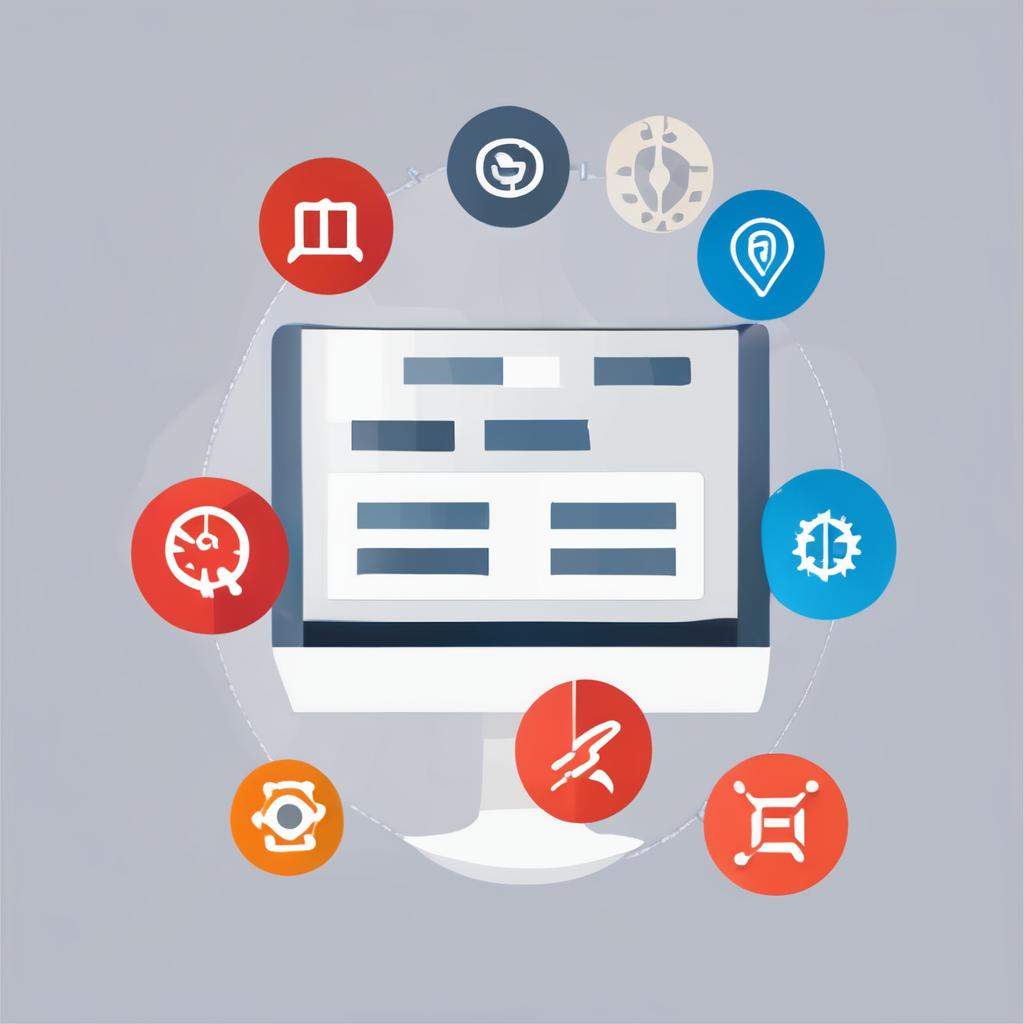Understanding AI in Education
The landscape of AI in education is evolving rapidly, offering transformative potentials through personalized learning. Education technology is redefining how knowledge is imparted, making room for individualized learning pathways. At the forefront, AI technologies such as machine learning and natural language processing are pivotal in reshaping educational environments. These technologies can analyze vast amounts of data to personalize learning experiences, tailoring content to meet individual learner needs.
Personalized learning plays a crucial role in enhancing educational outcomes. By understanding and adapting to individual learning styles and paces, students are more likely to engage and succeed. This approach not only fosters deeper understanding but also encourages self-paced learning, promoting autonomy in education.
Topic to read : Essential tactics for protecting your personal information in wearable health devices
Emerging trends in educational technology are continuously influencing how institutions deliver knowledge. Integrating AI with existing systems not only streamlines administrative tasks but also enriches curriculum delivery with real-time feedback and adaptive assessments. As AI continues to permeate education, embracing these innovations is essential for nurturing a future-ready generation, empowered with skills pertinent to the evolving digital landscape. The continuous evolution of these technologies ensures that education remains relevant, engaging, and effective in preparing students for the challenges of tomorrow.
Steps to Develop a Customized AI-Powered Learning Experience
To develop an AI learning experience, certain steps are crucial in crafting a tailored educational journey. This involves a careful assessment of student needs, selecting the right tools, and designing an interactive curriculum.
Also to see : Unlocking sustainable innovation with plm software
Assessing Educational Needs
Identifying student learning styles and requirements is the first step. Through feedback sessions and surveys, educators can pinpoint diverse learning paces and preferences. This foundational understanding enables the development of effective tailored learning paths.
Choosing the Right AI Tools
An array of AI tools for education is available, each offering unique features. Selecting these tools involves evaluating factors such as compatibility with existing systems and adaptability to curricular objectives. Educators should focus on user-friendly tools that support their goals.
Designing the Curriculum
Aligning curriculum development with AI capabilities ensures content is not only relevant but also engaging. Incorporating adaptive learning methodologies can dynamically adjust the difficulty of tasks based on student performance. This method reinforces personalized learning, enhancing student engagement and outcomes. By following these steps, educational institutions can effectively integrate AI, delivering an improved learning experience well-suited to future educational challenges.
Best Practices for Implementation
Integrating AI into education systems involves strategic implementation best practices to ensure smooth adoption and effective utilization. Educators play a pivotal role in this transition, which requires comprehensive training on AI tools. To facilitate effective learning, workshops and hands-on sessions can be organized, ensuring that educators are well-versed in using these technologies to enhance learning outcomes.
Access to continuous support and resources is crucial for maintaining momentum in AI integration efforts. Offering a blend of online tutorials, helplines, and community forums can provide educators with the assistance they need to navigate challenges and optimize the use of AI in classrooms. By fostering a collaborative environment among all stakeholders, including administrators and technical staff, institutions can create a unified approach to integrating AI effectively.
Building a collaborative environment is essential for successful AI implementation. Encouraging open communication and collective problem-solving fosters an atmosphere where new ideas flourish. Stakeholders can share experiences, insights, and strategies, promoting a culture of innovation. Moreover, incorporating feedback mechanisms allows educators to voice concerns and seek solutions, ensuring that AI integration is beneficial and aligned with institutional goals.
Adhering to these best practices supports successful AI integration in education systems, creating enhanced learning experiences for students and empowering educators with advanced teaching tools.
Potential Challenges and Solutions
AI integration in education is not without its hurdles. Addressing AI challenges in education requires strategic solutions to promote a smooth transition.
Data Privacy and Security Concerns
One significant challenge is ensuring data privacy and security. Regulations around student data, such as GDPR, need adherence to prevent breaches. Implementing secure systems safeguards information, crucial for maintaining trust among stakeholders. Institutions should prioritize encryption and access controls to protect sensitive educational data, fostering a secure learning environment.
Resistance to Change
Another barrier is resistance to change from educators and administrators. This skepticism often stems from a lack of understanding of AI’s benefits. Overcoming these barriers involves implementing effective communication strategies that highlight successful AI applications. Holding workshops and demonstrations can showcase AI’s potential, facilitating buy-in and easing the transition to AI-powered solutions.
Technical Limitations
Technical constraints, notably infrastructure limitations, also pose challenges. Identifying these limitations is key to developing solutions for enhanced technology access. Offering training sessions and upgrading hardware can improve the feasibility of AI adoption. Furthermore, securing funding and support from educational agencies assists in addressing technical deficiencies. By tackling these challenges with tailored solutions, educational institutions can effectively overcome barriers to AI integration.
Case Studies and Success Stories
The landscape of AI in education is populated with numerous success stories that demonstrate the transformative impact of technology. These real-world applications serve as a guiding light for educational institutions seeking to navigate the AI terrain.
Several institutions have embraced AI fully, leading to marked improvements in educational outcomes. For instance, some schools have integrated AI-powered personalized learning systems, resulting in increased student engagement and improved academic performance. Such systems adapt content to individual learning styles, promoting deeper understanding and retention.
Examining a specific case study, a university implemented AI tools for grading and feedback, which drastically reduced administrative burdens. This allowed educators to focus more on interactive and meaningful teaching, further enhancing student experiences.
Lessons learned from these case studies emphasise the importance of aligning AI tools with education technology goals and addressing potential challenges proactively. By fostering a culture of openness and innovation, educational institutions create environments ripe for technological growth.
Looking ahead, these successes forecast trends where data-driven insights continuously refine personalized learning experiences. As more institutions share their journeys, the collective understanding and approach to AI in education will undoubtedly evolve, ushering in a future of enhanced learning possibilities.
Resources and Tools for Educators
In the realm of AI in education, educators have access to numerous educational resources designed to enhance teaching and learning. Selecting the right tools can significantly impact the effectiveness of personalized learning strategies.
Online Platforms and Software
Among the top AI tools are adaptive learning platforms, offering tailored content delivery based on individual progress. Such platforms provide a wealth of resources, including interactive lessons that adjust in real-time. Educators can access support systems through these platforms, ensuring seamless integration into existing curriculums. Noteworthy software often includes management features, enabling real-time tracking of learning outcomes, which streamlines the assessment of student progress.
Community and Professional Development
Engaging in educator networks is imperative for those integrating AI. These communities provide not only moral support but also practical insights on overcoming challenges. Professional development opportunities in these networks include workshops and webinars on the latest education technology trends, empowering educators to remain at the forefront of AI advancements.
Research and Publications
Staying informed through recommended readings and research papers on AI applications is crucial. Publications act as a bridge to new insights, helping educators understand emerging techniques and tools. Keeping abreast of developments ensures the implementation of strategies that maximize personalized learning potential.











